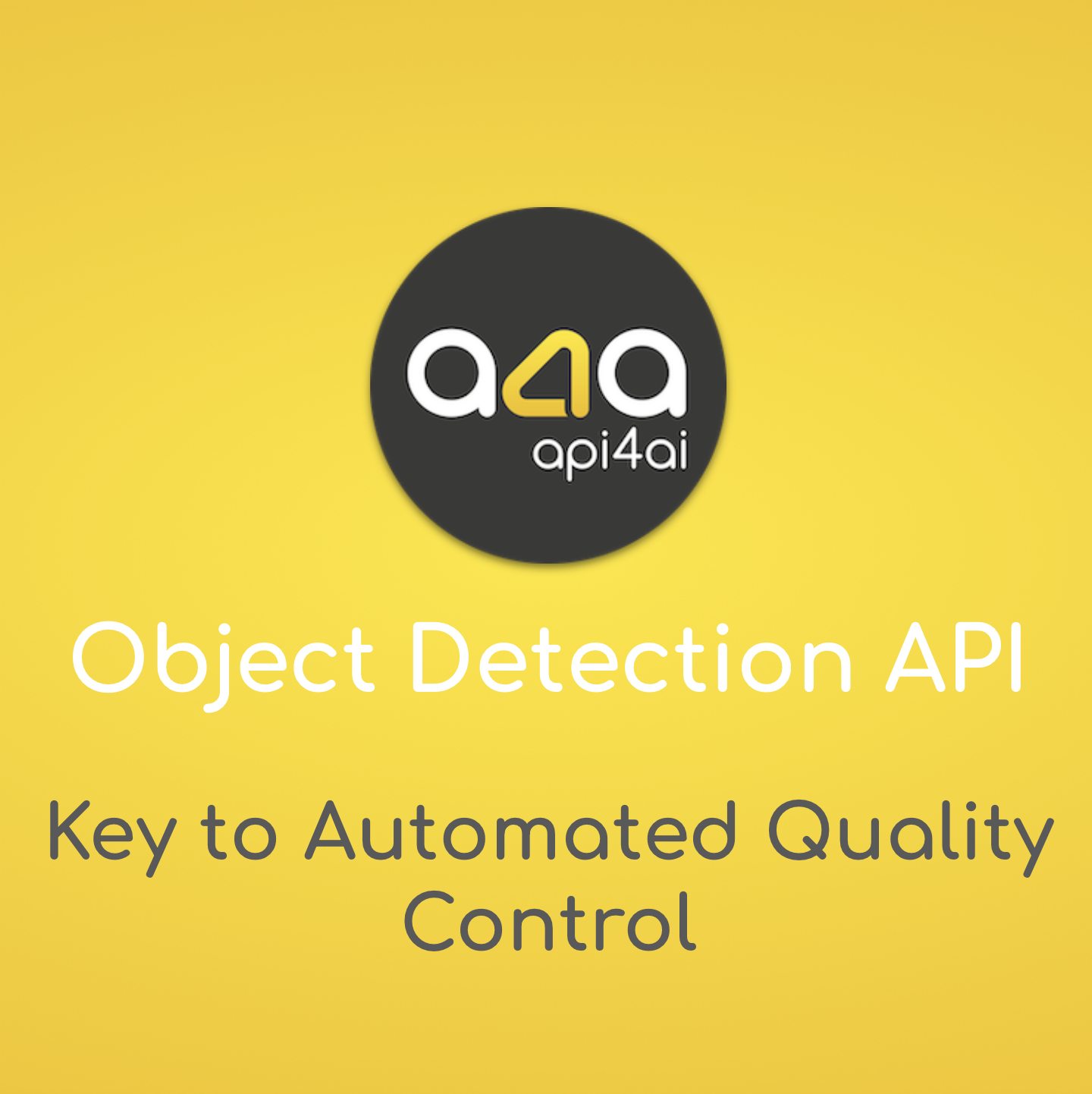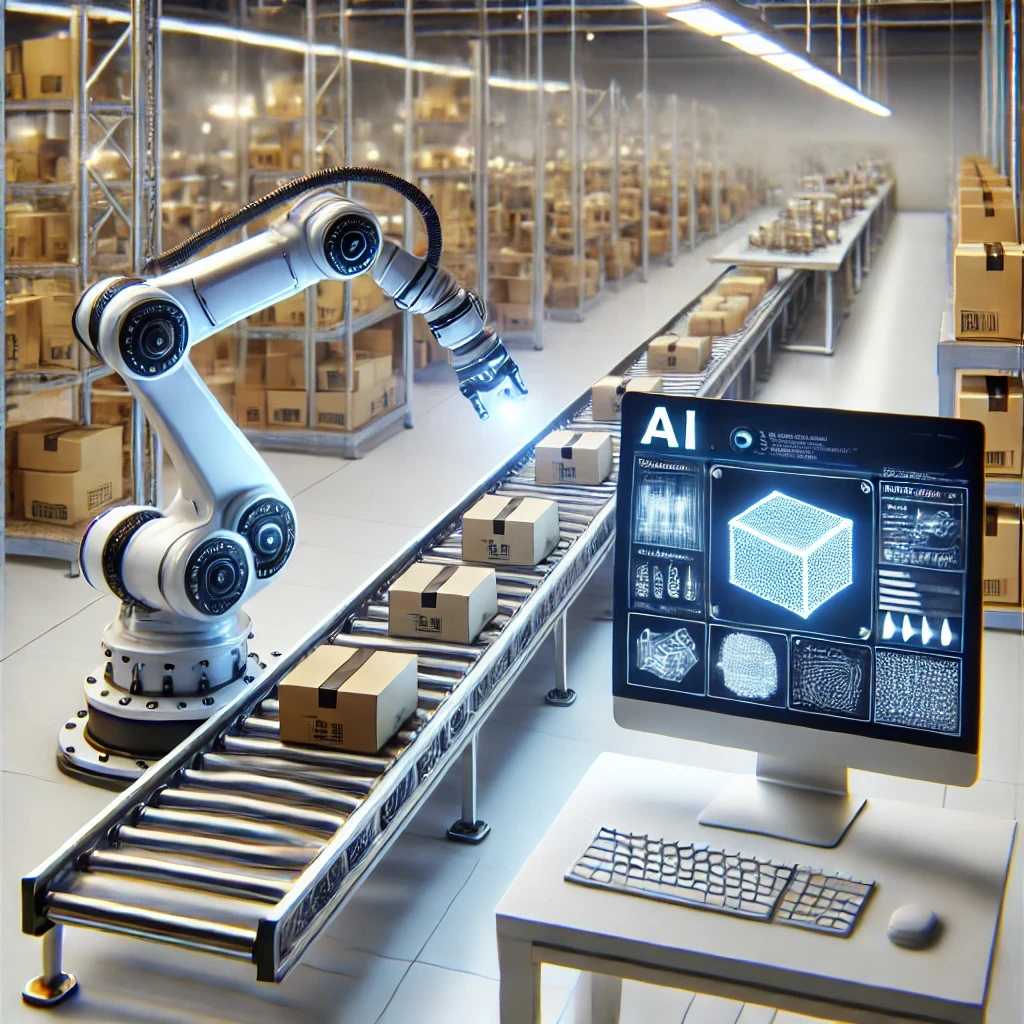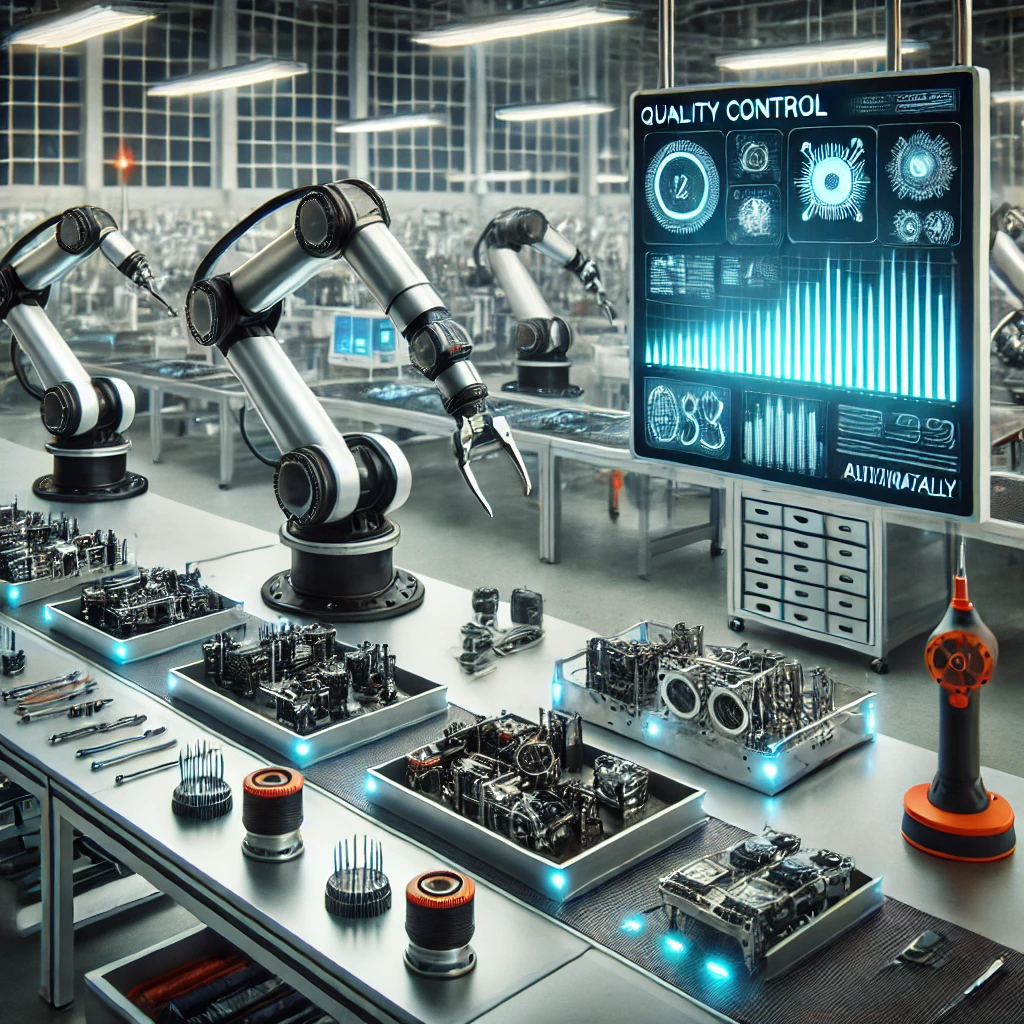
Green Manufacturing Scores via Defect-Free Vision
AI-powered vision inspection is helping manufacturers cut defects, reduce waste, and hit sustainability targets — all without major overhauls. By catching flaws in real time, factories save energy, materials, and money while improving ESG scores. This post explores how cloud-based vision APIs and smart deployment strategies make defect-free, greener production not only possible — but profitable.

MES Integration: Real-Time Defect Feeds to ERP
A faulty part spotted by an edge camera can now trigger an automated ERP work order in seconds — no clipboard, no delay. This post explores how AI vision systems, real-time JSON payloads and message queues like MQTT or Kafka are transforming factory quality control into a seamless, self-correcting loop. Learn how manufacturers are integrating MES and ERP layers to reduce scrap, boost uptime and enable smarter, faster production decisions.

Industrial Inspection: From Cloud to Factory Floor
From micro-cracks in steel to mislabeled food packaging, today’s production lines demand more than human eyes can handle. Modern industrial inspection is evolving — powered by rugged cameras, smart edge devices and AI models that go beyond pass/fail to deliver real-time, score-based insights. In this blog post, we explore how manufacturers are moving from cloud prototypes to factory-floor deployment, using vision systems that adapt, learn and scale. Whether you're launching your first pilot or optimizing a mature line, this guide maps out the steps toward zero-defect manufacturing.

Defect-Free in Industry 4.0: Vision APIs Catch Micro-Flaws
Micro-defects may be invisible to the human eye, but they can cripple quality, trigger recalls and silently drain profits. In this post, we explore how AI-powered Vision APIs are transforming industrial inspection — from semiconductors to textiles — by detecting flaws at sub-pixel accuracy. Learn how manufacturers can scale from pilot to plant-wide deployment, choosing between ready-to-use APIs and custom-tailored models and why smart visual inspection is the backbone of defect-free operations in Industry 4.0.

AI Object Detection API: Key to Automated Quality Control
In today’s fast-paced manufacturing environment, maintaining consistent product quality is more critical — and more challenging — than ever. AI-powered object detection is emerging as a powerful solution, enabling real-time identification of defects, reducing human error and streamlining quality control processes across industries. This blog post explores how manufacturers in sectors like electronics, automotive and food and beverage are using automated visual inspection to boost accuracy, scalability and efficiency. Learn about the key benefits, real-world applications and best practices for implementing object detection systems and discover how embracing AI today can lead to long-term profitability, reduced waste and stronger brand trust. Whether through ready-to-use APIs or custom computer vision solutions, the future of manufacturing quality control is here — and it’s intelligent, adaptable and automated.

Quality Control 2.0: Detect Defects Faster with Deep Learning Models
Quality control is entering a new era with the power of deep learning. Traditional inspection methods, limited by human error and inefficiency, are being replaced by AI-driven manufacturing solutions that deliver unparalleled speed, precision and scalability. From detecting micro-defects in electronics to automating label inspections in pharmaceuticals, defect detection automation is transforming industries. Explore how deep learning revolutionizes quality control, its applications across sectors and why adopting AI-powered solutions is key to staying competitive in today’s fast-paced manufacturing world. The future of quality control is here — are you ready to embrace it?

How AI-Powered Image Recognition APIs Enhance Quality Control in Manufacturing
AI-powered image recognition APIs are revolutionizing quality control in manufacturing by delivering unparalleled accuracy, efficiency, and cost savings. These advanced systems automate defect detection, assembly verification and packaging inspections, ensuring consistent product quality and reducing human error. With real-time data analysis and seamless integration into existing workflows, AI-driven quality control is helping manufacturers stay competitive in today’s rapidly evolving market. Discover how integrating AI-powered image recognition can optimize your production process and improve product standards.
